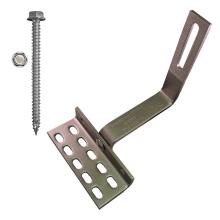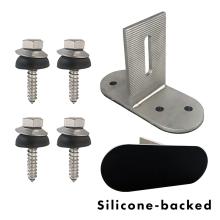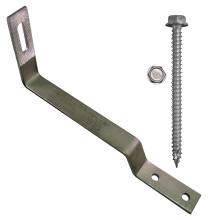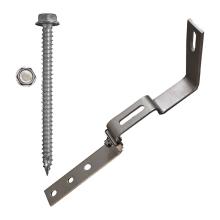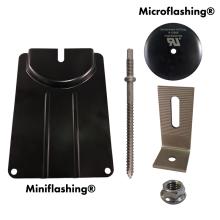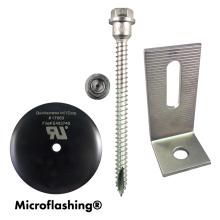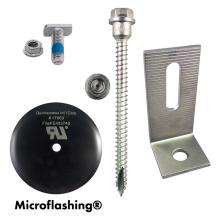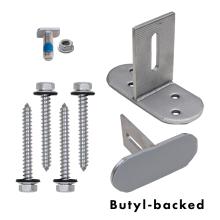CPUC Rule 21 Update - Interconnectivity
The California Public Utilities Commission recently made updates to its Rule 21 tariff on interconnectivity to the electric grid. There were some minor and major changes that have implications for anyone looking to connect to their solar energy systems to a public utility grid.
Will it affect you? Learn more below!
What is Rule 21?

As a brief intro, we want to summarize Rule 21 for y'all. Here is the intro from the CPUC website:
Electric Rule 21 is a tariff that describes the interconnection, operating and metering requirements for generation facilities to be connected to a utility’s distribution system. The tariff provides customers wishing to install generating or storage facilities on their premises with access to the electric grid while protecting the safety and reliability of the distribution and transmission systems at the local and system levels.
At first read, it seems like that may only apply to community properties or larger-scale operations for storing energy, but it does impact anyone storing energy off the grid. With the growing popularity and efficiency of home battery systems, this rule becomes more relevant every day.
While it is up to property owners to make sure they are compliant, each utility company in California is ultimately responsible for administering the rule in their respective territories and jurisdictions. There are separate websites for PG&E, SCE, and SDG&E. It does come down to jurisdictional metering efforts and facilities, homeowners won't necessarily need to worry about these policies.
What's New?
There have been three major changes to the Rule that we figure are the most notable:
1) incorporating data analysis on connections at requested project locations
2) providing options for developers proposing project timelines based on the analysis
3) introducing more advanced interconnection policies for energy storage projects
Righto, that could mean big things in the future. The power of tracking energy data will go a long way toward improving existing connection setups and future projects for years to come.
This is all a big change in the move to smarter energy. This will impact solar panel systems that know when to cut off power to and from the grid and older systems that don't utilize that kind of smart-metering.
What Does It Mean?
At the end of the day, these changes will lead to energy savings and decreased costs. Large-scale developers will be able to propose more efficient grid interconnections based on energy consumption and make far more informed decisions about where and what to spend on infrastructure costs.
Installers will reap these benefits as they take on more jobs in highly targeted areas, located by the analysis implemented with these Rule 21 updates. Homeowners down the line will benefit as they move into developments with more efficient monitoring technologies in place for their solar power.
This change comes at an unprecedented time in California's modern history - our energy usage is more important than ever. With increasingly erratic wildfires and temperature waves it will be vital to have integrated measures to distribute energy efficiently to and from the grid.
What Current Solutions Exist?
Energy tracking is becoming more and more popular as technology applications catch up to the solar industry. It's a no-brainer to include it with your home or business' solar project. There are plenty of solutions out there to track your current energy usage, and many to balance your captured solar energy.
As a homeowner or commercial property owner, it could save you loads of money to track your energy usage. In one of our upcoming articles, we'll explore different options available to improve your energy tracking and consumption.
One of our friends in the industry, Solar Insure, offers an affordable 30-year monitoring warranty we feel is worth sharing with our readers.
Check out the details on their website: https://www.solarinsure.com/warranty-comparison
Would you like to promote your energy management systems or installation services on our blog? Reach out to me via my email mwiener@quickscrews.com to explore possible collaboration opportunities!

